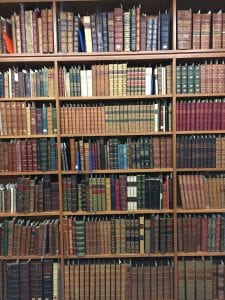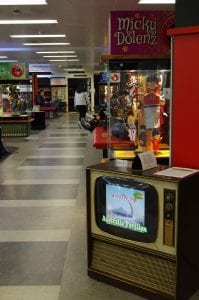The Rare Books Collection: How did it all start?
Prior to 1959, the university library’s Rare Books Collection was relatively small. The first significant contribution to the collection was the George McArthur bequest, which was made in 1903. George McArthur (1842-1903) donated “the whole of his books” to the University of Melbourne, which involved some 2,500 volumes. [1.] These books covered topics such as Australian exploration, mining history, typography, and early printing. The bequest made up around ten percent of the library’s rare cultural materials at the time, and led the way forward to allow for the collection to develop.

Continue reading “The Rare Books Collection: How did it all start?”


![Utagawa Kunisada, [Kabuki actors], woodcut](https://blogs.unimelb.edu.au/librarycollections/files/2018/07/1959.6052.000.000-1b0f2vr-204x300.jpg)

